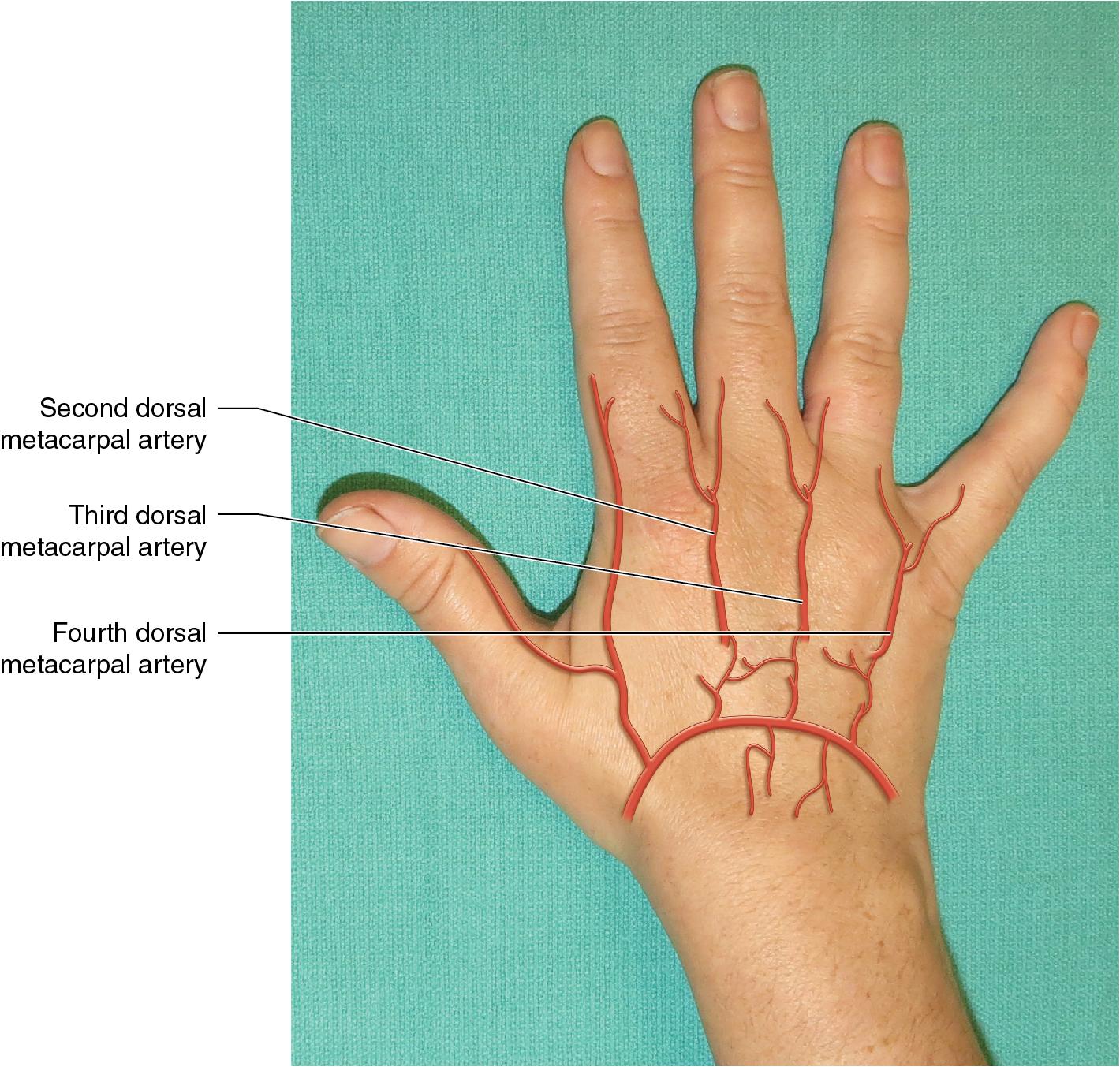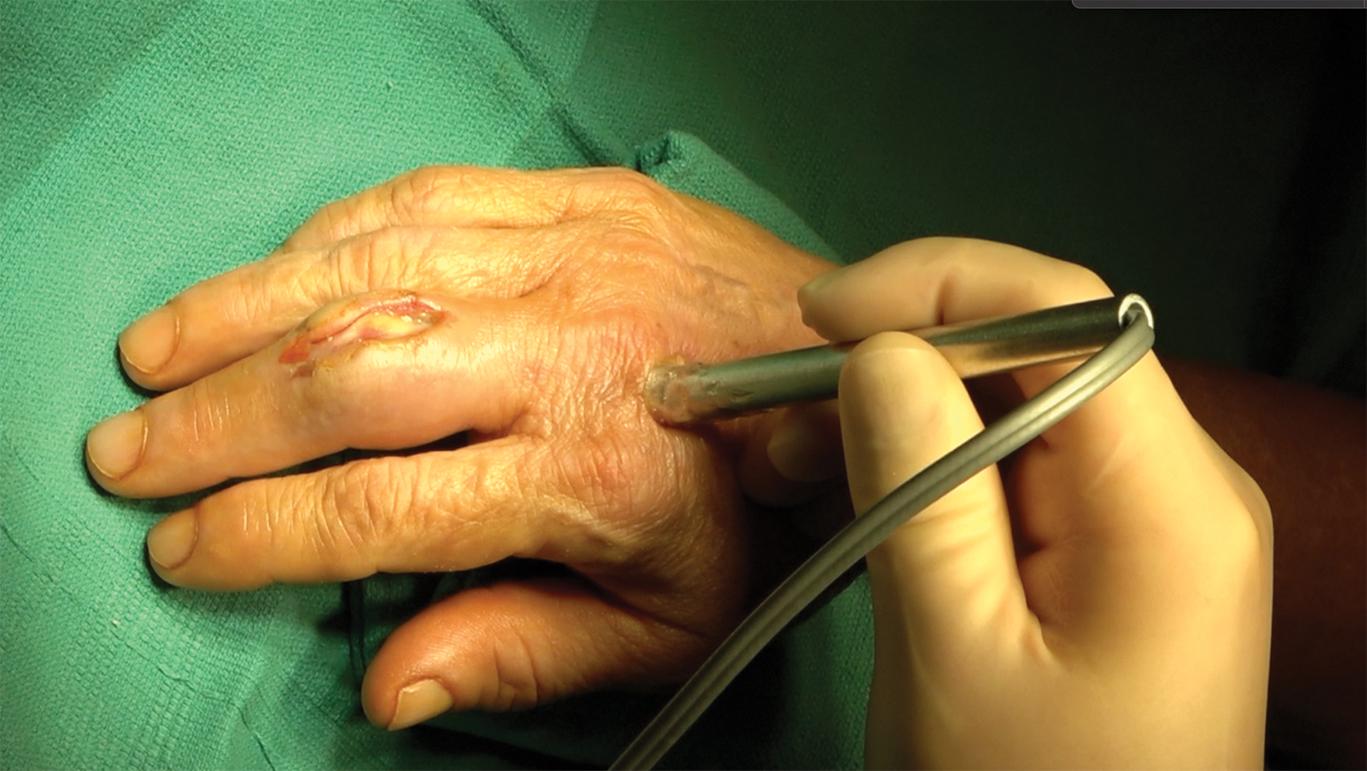Physical Address
304 North Cardinal St.
Dorchester Center, MA 02124
The dorsal metacarpal artery (DMA) flap is a vascularized skin flap from the dorsum of the hand. It can be based on the second, third, or fourth DMA and its cutaneous perforators. The flap also can be based on the cutaneous perforators alone, in which case it is termed a dorsal metacarpal artery perforator flap.
The DMA flap can be designed as an advancement, transposition, or island flap. The DMA island flap can have antegrade or retrograde flow.
The use of the second DMA flap is similar to the first dorsal metacarpal artery (FDMA) flap (see Chapter 88 ), which is used to repair soft tissue defects of the thumb. The second DMA is relatively anatomically consistent and rarely absent ( Fig. 89.1 ). It can also cover the webspace, proximal volar side, and almost the entire dorsal side of the index or middle fingers. Keep in mind, however, that the color, texture, and skin thickness of the dorsal and volar sides do not match, especially in dark-skinned individuals.

The third and fourth DMA flaps are similar to the second DMA flap in that they can be designed to cover defects in adjacent fingers. Given that the arteries of these digits are small in size and have inconsistent anatomy, they are typically used to design retrograde flaps based on the trunk of the DMA and its perforators.
Multiple DMA flaps can be raised simultaneously to cover more than one defect of the fingers.
The DMA flap can be combined with segments of the extensor tendons or the metacarpal bone to form a compound flap to reconstruct complex finger defects.
The DMA flap should not be performed if there is infection of the recipient site or inadequate debridement resulting in unhealthy tissue.
The presence of scar tissue in the donor site and blood vessel damage are additional contraindications.
The defects should be free of infection before flap coverage.
The flap should not be considered if the donor area is involved in the initial injury. Swelling or a subcutaneous hemorrhage on the dorsum of the hand may indicate that the vulnerable venae comitantes are damaged, which may result in flap failure secondary to venous congestion.
Previous injuries at or distal to the intermetacarpal space at the level of the metacarpal neck need to be carefully considered to rule out perforator injuries.
A radiograph of the injured hand is necessary to rule out any metacarpal head fractures. The perforators may be injured because of their close proximity to the metacarpal head.
A preoperative Doppler may be used to locate the DMAs ( Fig. 89.2 ), especially for the third and fourth metacarpal arteries, because they may be absent in up to 30% of the individuals. It is not useful in locating the perforators because the Doppler signals of the intermetacarpal perforator are often disturbed with the signals arising from the DMA itself.

Become a Clinical Tree membership for Full access and enjoy Unlimited articles
If you are a member. Log in here